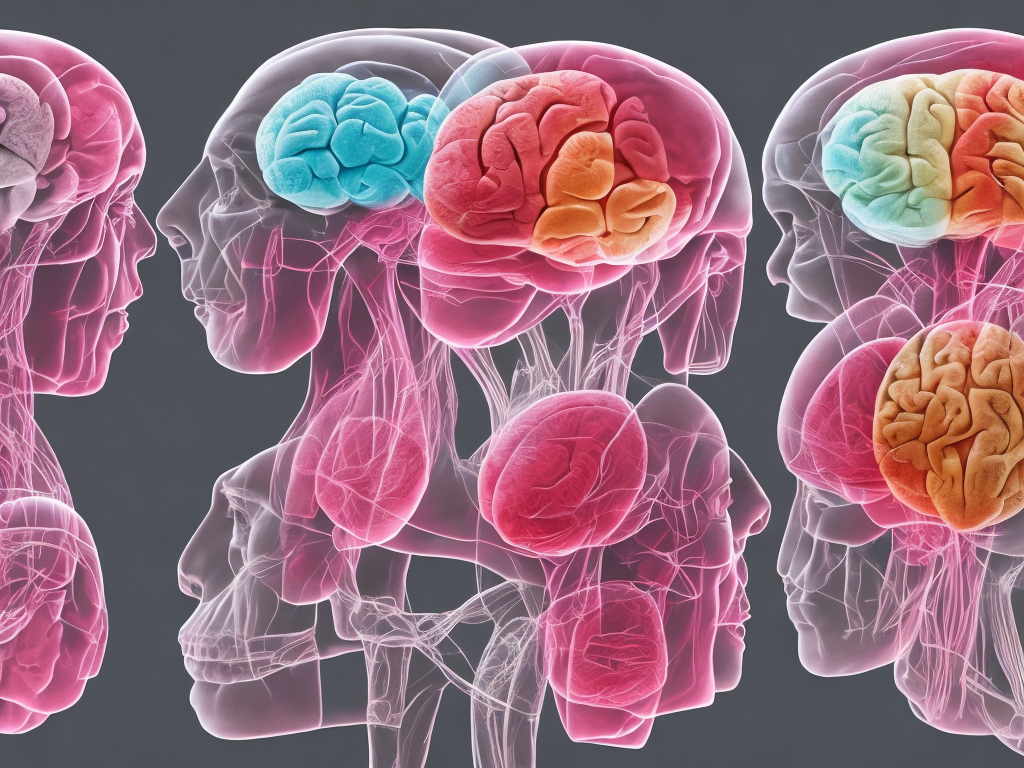
Memory is a fundamental aspect of computing that is responsible for storing information and data. It allows computers to perform various operations, and without it, modern computing would not exist. Memory is broadly classified into two categories, primary and secondary memory. Both of these types vary in their functionality, design, and speed, and they play a crucial role in computer systems.
Primary memory, also known as main memory or random-access memory (RAM), is where the operating system, software applications, and data reside when a computer is turned on. It is volatile, meaning that its contents are lost when the computer is turned off or restarted. Primary memory allows for fast and direct access to the data being processed. The CPU fetches data from primary memory as and when it needs it.
Secondary memory, on the other hand, is the non-volatile memory that serves as a permanent storage device for data and programs. Hard disks, flash drives, CDs, and DVDs are all examples of secondary memory. Contents stored in secondary memory do not disappear when the system is turned off, and users can access the data stored in secondary memory even after restarting the system. However, secondary memory has slower read and write speeds compared to primary memory.
The distinctions between primary and secondary memory can be understood by taking a closer look at their features and functions.
Storage Capacity:
Primary memory has a limited storage capacity compared to secondary memory. It typically ranges from 1GB to 16GB, although some high-end systems offer up to 64GB. This limitation is because primary memory is expensive to manufacture, and the costs increase with larger sizes. Conversely, secondary memory offers larger storage space, from hundreds of gigabytes to several terabytes.
Speed:
Another key difference between primary and secondary memory is their speed. Primary memory is fast, and the CPU can directly access its contents in a single clock-cycle. This is because it is built using volatile memory chips, and its design allows for direct access to the data being processed. Secondary memory components, such as hard drives and flash drives, have much slower read and write speeds. When the CPU needs to access data from secondary memory, it must first load it into primary memory, which slows down the overall processing speed.
Functionality:
Primary memory is responsible for holding data and software that the CPU is currently running. When an application or program is opened, it is loaded into primary memory for direct access by the CPU. When the program is closed, its contents are cleared from the primary memory. This is why a computer generally becomes slow when multiple programs are running at the same time, as the CPU has to juggle multiple sets of data in primary memory.
Secondary memory, on the other hand, provides a much larger storage capacity compared to primary memory. It serves as a backup or a long-term storage device for data and programs when they are not needed in primary memory. Data stored in secondary memory remains safe even if the computer is turned off or restarted, and users can access it whenever needed.
Volatile vs. Non-Volatile:
Volatile memory refers to primary memory that loses its contents when the computer is turned off or restarted. This data loss happens because RAM modules require continuous electric currents to hold data, and without electricity, the data held in them gets erased. This is why an unsaved document or work in progress is lost when a computer crashes. In contrast, Secondary memory is non-volatile, meaning that it retains data even when there is no electricity. This quality makes it the ideal choice for data storage.
Availability:
Primary memory is internal to the computer's hardware and cannot be directly transferred to another device. This proprietary nature of primary memory makes it hard to access or share data stored in primary memory across devices. Secondary memory, such as external drives or cloud storage, can easily be disconnected from a computer and transferred to other devices, making it more accessible and convenient to share data.
In conclusion, primary and secondary memory have their respective roles in the computing world. Primary memory is the system's short-term memory where the programs and data are loaded in real-time for processing by the CPU. Secondary memory provides a larger storage capacity and acts as non-volatile memory that stores temporary or permanent data that can be accessed even after the system is shut down or restarted. Understanding the differences between primary and secondary memory is essential to optimize computer usage and utilize the memory tools available to their fullest capacity.
 Self-Instruct
Self-Instruct